A long-term relationship requires a lot of patience and hard work. There are several milestones or phases, whatever you wish to call it, involved. Anyone who has ever been through the crucial long-term relationship stages will tell you that it’s not an easy task. Couples go through several ups and downs and emotional turmoil to maintain a long-term relationship. It’s not a piece of cake.
To understand the stages that every couple goes through in a long-term relationship, we spoke to psychologist Pragati Sureka (MA in Clinical Psychology, professional credits from Harvard Medical School), who specializes in addressing issues like anger management, parenting issues, abusive and loveless marriage through emotional ability resources.
What is a long-term relationship like? Long-term relationship vs serious relationship – what’s the difference? What are the stages of developing a long-term relationship? Find answers to all of these questions and more right here.
The 9 Crucial Stages Of A Long-Term Relationship
Table of Contents
Before we get to the long-term relationship stages, let us try to answer the question: What is a long-term relationship supposed to feel like? According to Pragati, “A good long-term relationship ages like fine wine. It’s supposed to feel comforting and fulfilling. As time passes, there should be an abundance of trust and wisdom.”
But be careful not to confuse a long-term relationship with a serious one. When we talk about long-term relationship vs serious relationship, Pragati says, “We assume that long-term relationships are serious relationships. The first long-term relationship a child has is with their parents or primary caregivers. Our early childhood interactions set the stage for adult relationships.
“If you have learned to navigate the relationship with your caregivers and have experienced emotional support and love despite challenges, chances are that you’ll be able to manage your current relationship because the blueprint is set in early childhood. Your attachment style determines whether your long-term relationship is a serious one. You could also be in a long-term relationship yet not be fully committed to your partner because you don’t feel secure,” she explains.
Maintaining a long-term relationship is not a walk in the park. It’s not a smooth sail. It comes with its own set of struggles. Initially, everything may go great and you may feel like the happiest person on the planet. But, as time passes, challenges will knock at your doorstep. If you want to be with each other and are willing to make the effort, it’s possible to build a healthy, long-lasting relationship. Read on to know about the crucial long-term relationship stages that couples usually go through.
Related Reading: Why Do We Expect Love Will Last Forever And Will Remain Intense
Stage 1 – The honeymoon phase
The first stage is what we normally refer to as the honeymoon phase. It’s when both partners are falling in love with each other. Everything is going hunky dory and feels like a dream. Love is in the air. You enjoy spending time with your partner and only have good things to say about them. You are constantly thinking about each other. You only see the positive parts of the person.
Pragati explains, “Everything feels good at this stage. It’s a stage of chemistry and attraction. You feel intense love for your partner. Your whole world revolves around them. You cannot imagine spending a single moment or your life without them. You feel like your partner is super fun and flexible to hang around with. Happy hormones are all over your body.”
Love feels like a drug, making it hard for you to concentrate on other things or aspects of life. You are consumed by romance, happiness, and a lot of passionate sex. Your dopamine and oxytocin levels are at an all-time high. You avoid conflict, ignore red flags, your boundaries, differences, and any other relationship problems that might exist. This stage could last for a few weeks, months or a couple of years.
Stage 2 – Experimentation and discovery
Once partners move past the honeymoon phase, they enter a stage of experimentation and discovery. Pragati says, “In this stage, the infatuation feels more intense. You begin to feel a real connection with your partner. The experimentation stage is where you find common interests and values. You begin to discover common ground or similarities between both of you. You bond over certain activities. You figure out your likes and dislikes.
“You dig deeper into who the other person really is behind the persona that you’re attracted to. This is an interesting stage where partners try to understand if they are the right match for each other. It is recommended that you explore important questions like life goals, families, friends, etc. in this stage to set the foundation for a meaningful relationship.”
This is one of the most crucial long-term relationship stages because your equation with your partner is being put to test. The giddy feelings and the dopamine rush of the honeymoon phase subside to give way to the real you. You begin to learn more about each other, including your flaws and differences. Partners start to see each other for who they are instead of the idealized and perfect version they were attracted to.
Stage 3 – Intensifying or the bliss stage
Pragati explains, “The third stage is about commitment. You become more exclusive. People know that you’re a couple. You share private or intimate details about your lives with each other. You realize that the relationship is more serious. The intensity of the first two stages fizzles out to give way to a comfort zone where couples feel like they want to commit to each other. It’s absolute romantic love.”
Partners also start to find and know themselves better in the relationship. They let their guard down and make efforts to understand each other. This stage is more about trust and comfort than the need to spend each minute together. Giving each other nicknames, sharing inside jokes, going on a vacation together, better communication, navigating boundaries, and thinking more as “we” and “us” instead of “I” are signs of steady progression in this stage.
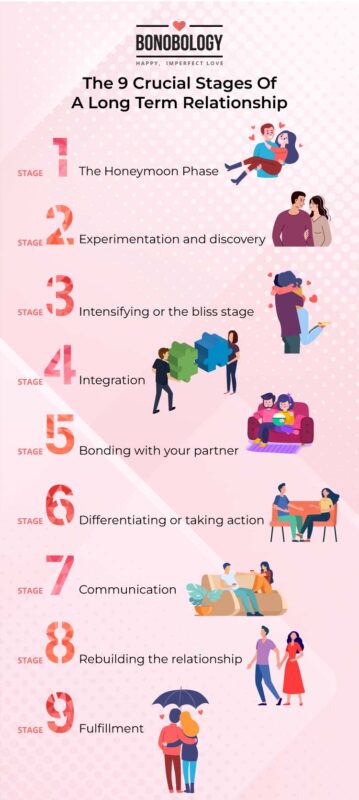
Stage 4 – Integration
The integration stage is all about the merging of two personalities or identities. Partners begin to depend on each other. According to Pragati, “In this stage, the relationship is blooming. There is emotional and sexual intimacy. It’s not casual anymore. It’s more about being vulnerable and comfortable enough to express yourself to your partner. You let the other person in. You let them see you for who you truly are.”
Partners also introduce each other to their friend circles and social network. People begin to refer to them as if they are one unit. The couple also presents itself as one unit (for example, opening a joint bank account). Their personalities merge or integrate but they also spend time separately with family, friends and loved ones and keep their professional life separate to keep their sense of self and identity intact. It helps them balance their freedom and independence.
Related Reading: How To Watch Out For The Relationship Red Flags – Expert Tells You
Stage 5 – Bonding with your partner
The bonding stage includes a formal commitment or a public announcement of the relationship. Pragati elaborates, “People tend to formalize their relationship at this stage. They move in together or get married. Friends and family know about the relationship and start putting a name to it. It’s a commitment that indicates that they are in it for the long haul. It is one of the most crucial long-term relationship stages because this is where the real work begins.”
It is, again, one of the stages that every couple goes through in a long-term relationship (maybe not if you’re in a long-term relationship without marriage). Bonding with your partner is one of the most important stages of developing a long-term relationship because, if things go wrong at this point, the commitment may suffer or even end. Things tend to become routine, making the relationship seem less fun.
Routine isn’t bad but this stage may change the way partners communicate or perceive their relationship. There are hardly any firsts that you can do together. There is less spontaneity and more comfort. You also start to notice new flaws in each other and become acquainted with new habits. You get to see each other at your worst. The masks are off.
Arguments and power struggles in the relationship begin. Your partner’s habits may irritate you. You may feel trapped and even question your decision to stay in the relationship. After all, there’s a huge difference between meeting your partner for a few hours and living with them 24*7. It’s a life-changing decision. These newfound changes, the routine, and stress that comes with making a big decision can make you feel disillusioned with the relationship.
Stage 6 – Differentiating or taking action
According to Pragati, this is one of the most crucial stages of developing a long-term relationship. “This is the stage where you have to take steps to understand who you are, what your needs in the relationship are, what you are willing to compromise on, and what you can and cannot do for your partner. You need to figure out your boundaries and communicate the same to your partner,” she explains.
Practicing self-care or self love and being honest with yourself is the first step to getting past the disillusionment that you may have begun to feel in the relationship. Understand if the differences are something you can work around or if they could pose a problem going forward. Understand if the relationship is turning toxic. Don’t put up with abuse. Also, know that you are responsible for your own happiness. Your partner and you cannot fix each other. You can only support each other as you try to fix yourselves.
Stage 7 – Communication
Communication is key to a successful relationship. It is one of the most important long-term relationship stages. Differences can occur at any point in the relationship. But communicating and solving them is key to a long-lasting relationship. Both partners need to keep communication lines open if they want to get past their differences and disillusionment in order to build a healthy long-term relationship.
Pragati explains, “In this stage, both partners start talking about the specific needs that need to be met in the relationship. Things go haywire because partners tend to look at things from a very black and white perspective. They make accusatory statements like “you are very rude to me”, “you never listen to me”, “you always do this”. They never talk about how they feel – “whenever you do this, this is how I feel and this is what I would like you to do” or something like “as much as I understand that you want me to do this, it’s not possible for me to do it”.”
Partners need to spend time together as a couple to improve communication. Acknowledge your differences and mistakes and work toward rectifying them. Set realistic expectations and boundaries. Know that the goal is to be mutually supportive and loving of each other. Partners need to communicate effectively and identify the healthy and unhealthy aspects of their relationship. Proper communication will help partners grow together as a couple as well as individuals. Be honest with each other.

Stage 8 – Rebuilding the relationship
Rebuilding, one of the most crucial long-term relationship stages, is important for a relationship to thrive. Pragati explains, “Once partners have bonded, are aware of what’s going on in their minds, and have communicated the same to each other, they can rebuild their own expectations and figure out ways to match up to each other.
“This stage is like designing the interiors of your house. The basic structure is there but it’s up to the couple to decide how comfortable they want to make it. If you keep your marriage in the rebuilding stage, you will be able to work out your differences and expectations, which will make sure that the relationship thrives,” she says.
Every relationship goes through its fair share of ups and downs. A couple will face tough times and challenges in the relationship. Pragati further explains, “The beauty of the long-term relationship stages is that all of it is circular. There may be times when you feel bored but, if you go back to the rebuilding stage and make an effort, the marriage remains intact.”
If there is good communication, honesty, and trust between partners, they can rebuild their relationship and create a fulfilling life together. If you require professional help to do so, don’t hesitate to reach out. There’s no harm or shame in seeking help. Bonobology’s panel of experienced and licensed therapists is only a click away.
Related Reading: 18 Cute Apology Gift Ideas To Tell Her How Sorry You Are
Stage 9 – Fulfillment
What is a long-term relationship like? What is a long-term relationship supposed to feel like? Well, the fulfillment stage is your answer. According to Pragati, “Your long-term relationship should make you feel fulfilled. There should be a lot of self love. You should be able to manage expectations, trust your partner and respect and follow healthy boundaries. You realize that neither partner is a robot and will, sometimes, do or say things that might hurt you. A good, fulfilling long-term relationship is one where partners know how to manage similarities and differences and are mutually nurturing and supportive.”
Partners need to find a shared purpose. They should feel secure in the relationship and be able to see and accept each other as people who aren’t perfect while acknowledging the fact that they want to spend the rest of their lives together. Partners must commit to fighting challenges as a team and be willing to do what it takes to build a fulfilling and long-lasting relationship.
There’s a high possibility that you may find yourselves stuck in a particular stage but if you’re aware of the problems and work toward resolving conflict together as a team, it’ll be easier to move on to the next stage because you’ve learnt so much throughout your journey. The end goal is to be understanding, accepting, and supportive of one another and that requires a lot of time and effort, which you should be willing to invest if you want to be together.
Another point to note is that a long-term relationship doesn’t always mean marriage. You can have a long-term relationship without marriage too. In that case, the stages might be slightly different but the nine mentioned above are usually the stages that every couple goes through in a long-term relationship.
8 Things That Can Be Used Against You In A Divorce And How To Avoid Them
Your contribution does not constitute a charitable donation. It will allow Bonobology to continue bringing you new and up-to-date information in our pursuit of helping anyone in the world to learn how to do anything.




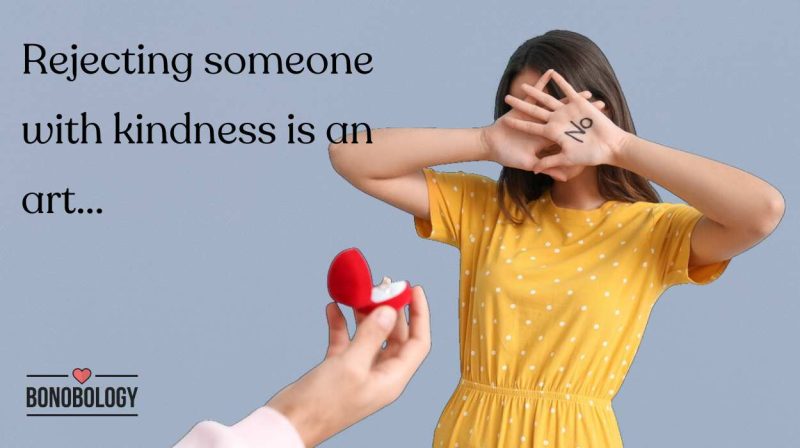
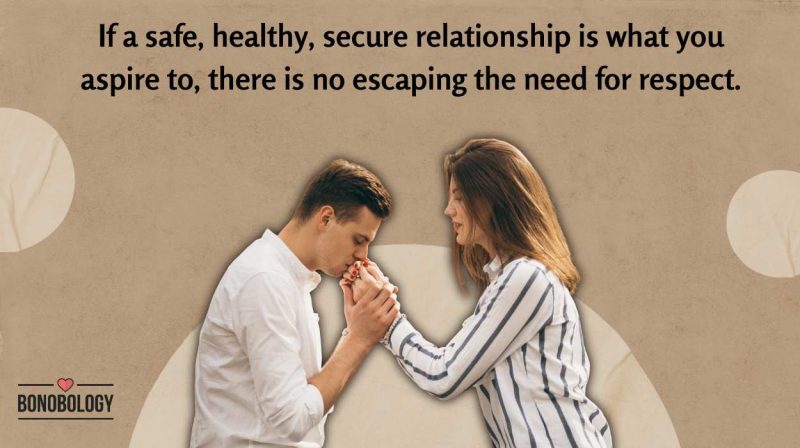



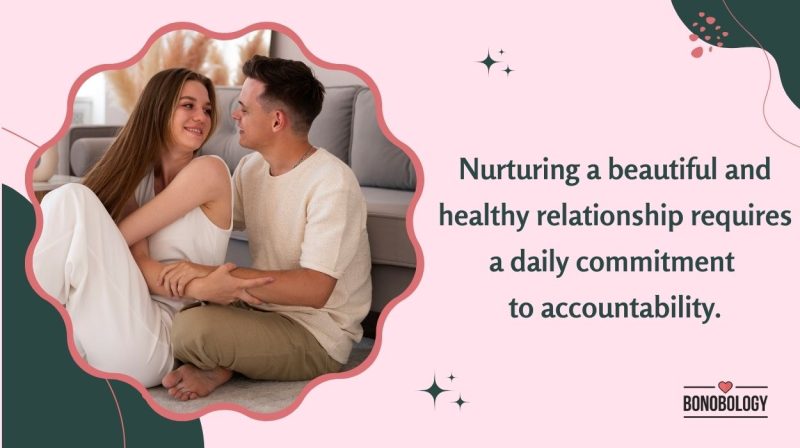
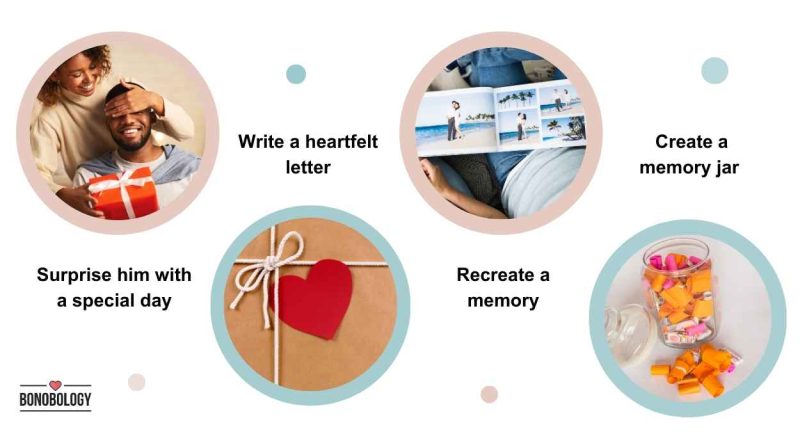
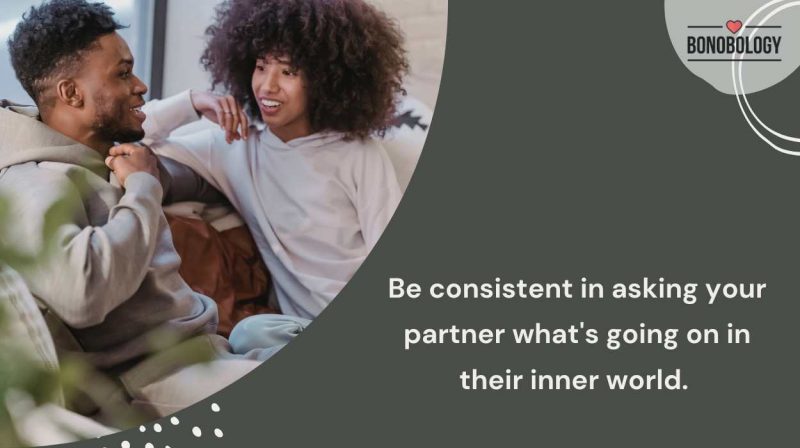





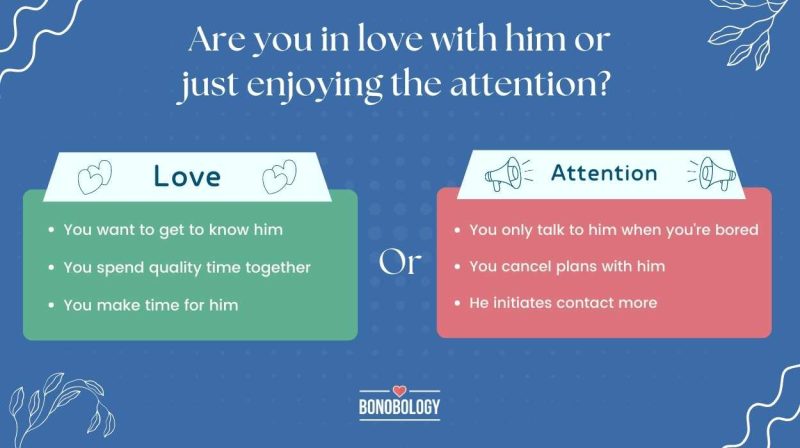
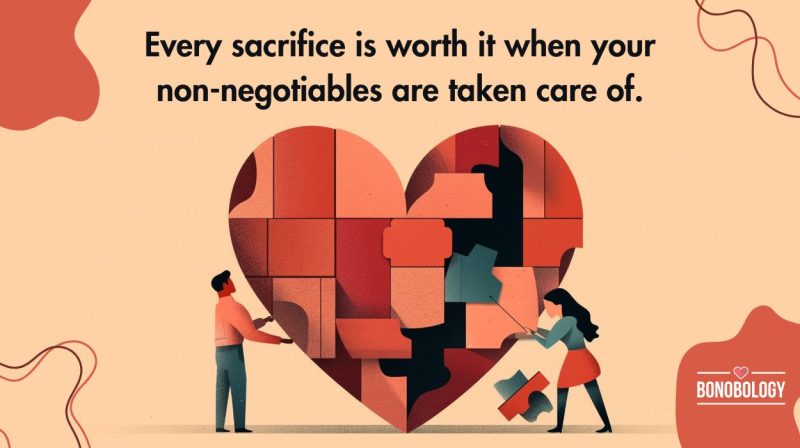
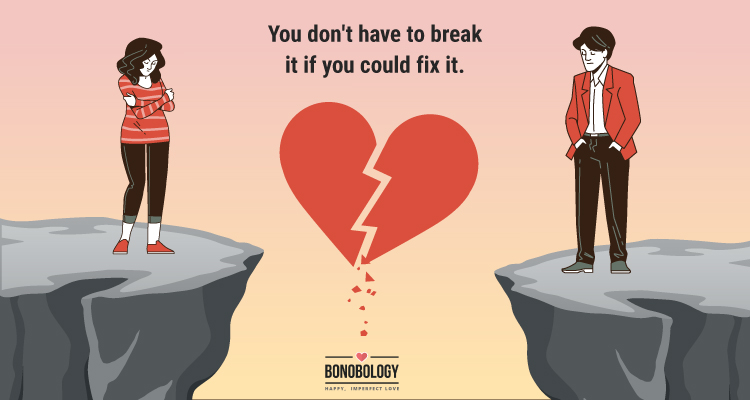
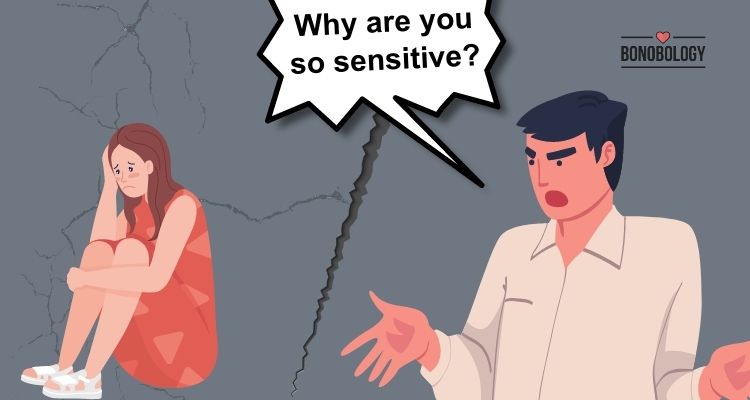


Featured
How He Treats You Is How He Feels About You — Is It True?
How To Let Someone Down Easy With Kindness And Grace — 13 Tips
How To Show Respect In A Relationship — 9 Ways
The Pitfalls Of Nice Guy Syndrome: How It Affects Relationships
Navigating The Complexities Of Consent In Modern Relationships
11 Ways To Deal With A Sexually Demanding Husband
Accountability In Relationships – Meaning, Importance, And Ways To Practice
How To Apologize To Your Boyfriend: 15 Ways
10 Thought-Provoking Relationship Check-In Questions for Deeper Connection
Is A Monogamous Relationship Right For You? 11 Questions To Help You Find Out
10 Signs You Are In A Truly Stable Relationship (Even If You Feel Otherwise)
7 Subtle Signs Your Partner is Quiet Quitting Your Relationship
Secure Relationships – What Are They And What Do They Look Like?
Physical Touch Love Language: What It Means With Examples
Do I Like Him Or The Attention? Ways To Find Out The Truth
17 Non-Negotiables In Relationships You Must Never Compromise On
15 Ways To Solve Relationship Problems Without Breaking Up
9 Common Narcissist Gaslighting Examples We Hope You Never Hear
The Most Important 7 Qualities Of A Healthy Relationship
15 Early Signs He Is A Player And Isn’t Serious About You